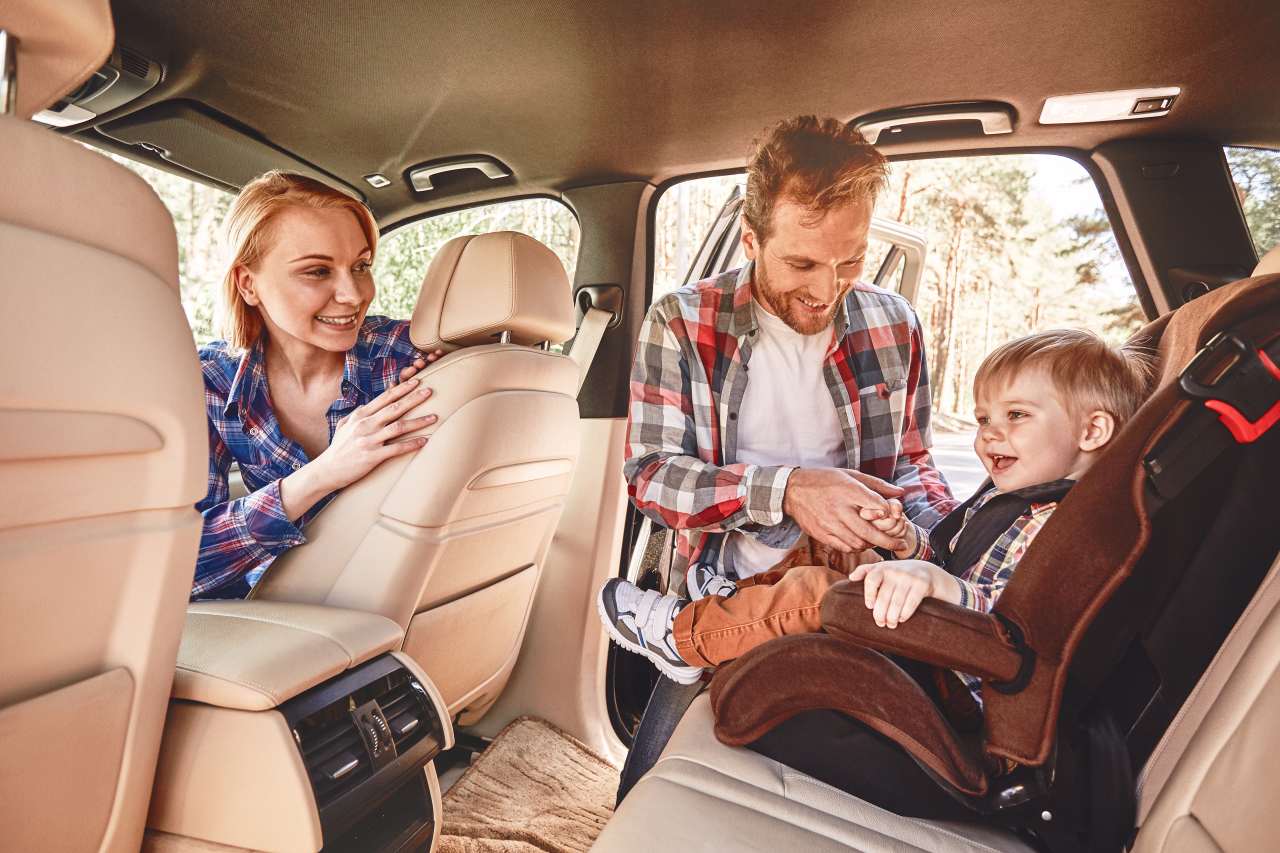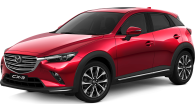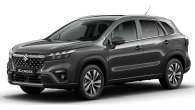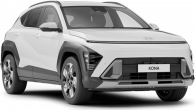It's been a long time since Korea was seen as an up-and-comer when it comes to building cars, with Hyundai and Kia now among the most popular choices for SUV buyers.
But perhaps less well-known is another Korean brand called SsangYong, which recently launched a new mid-sized SUV called the Korando.
For my family test this week I drove the top-of-the-range Korando Ultimate. And if the name is anything to go by, SsangYong has some lofty ambitions for this variant in Australia.
So we put the Ultimate to the ultimate test - to see if it can cut it as a family hauler.
Ssangyong Korando 2020: Ultimate
| Engine Type | Turbo 4, 1.5L |
|---|---|
| Fuel Type | Unleaded Petrol |
| Fuel Efficiency | 7.7L/100km (combined) |
| Seating | 5 |
| Price From | $20,900 - $26,510 |
| Safety Rating |
|
What does it look like?
Like with most new models, there is plenty to take in here, with an array of interesting exterior design cues that might not be to everyone’s taste. It is a solid-looking unit with a wide muscular front-end, a reasonably high roof line and a slightly odd-looking rear-end.
.jpg)
The side profile has plenty going on, too, with crease lines running in various directions and the door handles positioned at different heights. The large wheel arches house a nice set of 19-inch alloys, which do lend a touch of premium to the overall look.
Inside, the fit and finish of the cabin is rather simple, with monotone dark grey used throughout and a mixture of hard plastics. You can see SsangYong has attempted to convey a premium look and feel, but it hasn't quite been pulled off, with the buttons and switchgear having a cheaper feel to them.
.jpg)
How does it drive?
The Korando Ultimate we tested had a 1.5-litre, four-cylinder turbo-petrol engine making a modest 120kW and 280Nm, matched to a six-speed automatic transmission.
The Korando proved a capable hauler around the suburbs, with a comfortable ride and enough punch from the engine to propel us all forward with little fuss. Noise from the engine and the outside world was kept to a minimum in the cabin, too.
SsangYong says this Korando should use 7.7L/100km after a combination of open and urban driving. After 250km of suburban and city driving, the best we could manage was 9.9L/100km. It’s also worth noting the Korando prefers to sip premium unleaded petrol.
How spacious is it?
While the Korando looks big for a medium-sized SUV, it’s actually shorter than its key competitors, the Hyundai Tucson and the Kia Sportage. It nevertheless has a generous 551 litres of cargo capacity, a good deal larger than both the Tucson and Sportage, in part thanks to a low boot floor. The trade-off for this extra space, however, is no spare wheel, or even a space-saver.
.jpg)
Storage includes two cup holders upfront, and a deep centre-console bin with a tray in the back of it for the second-row passengers. My kids in the back had access to two cup-holders in the fold-down middle armrest and map pockets behind the front seats.
Head- and legroom in the front and back seats was ample (I’m 180cm), with a hand-width of space available when sitting behind my driving position.
How easy is it to use every day?
It’s easy to operate around the suburbs, with front and rear parking sensors and a reversing camera to navigate tight spaces. There’s good visibility from the driving position, too.
Creature comforts are not exactly plentiful, with the kids in the back accompanied by only a single 12V power outlet, with no air-con vents or USB ports to plug into. The single USB port upfront became a sticking point with four phones to charge.
.jpg)
How safe is it?
Impressively, the SsangYong Korando was given the maximum five-star ANCAP rating when tested in 2019. In addition to seven air bags it comes with plenty of safety tech including AEB, lane-keeping assistant and lane-departure warning, blind-spot warning, rear cross-traffic alert, lane-change assistance and adaptive cruise control.
For parents using booster seats or capsules, there are three top-tether points and two ISOFIX mounts across the back row.
What’s the tech like?
The tech offering inside the cabin should keep buyers happy at this price point, with an 8.0-inch touchscreen that brings Apple CarPlay and Android Auto connectivity. For the driver, there is a smart looking 10.25-inch digital instrument display with vehicle information presented in a clear and well laid out fashion.
.jpg)
How much does it cost to own?
The Korando Ultimate is the top of the range and comes with a list price of $36,990. There’s a decent list of standard equipment for your money including leather upholstery, heated and ventilated front seats, dual-zone climate control, heated steering wheel, power tailgate, rear privacy glass, proximity key, puddle lamps, sun roof, auto folding mirrors and 19-inch alloys.
.jpg)
It’s worth calling out here that the Korando is covered by SsangYong’s seriously impressive seven-year/unlimited-kilometre warranty.
Verdict
The value equation on this car is pretty strong, and it offers impressive safety tech and comfort around town. A commendable entry from SsangYong in this category and a worthwhile consideration for family buyers looking for a capable family hauler.
Pricing Guides







.jpg)
.jpg)
.jpg)
.jpg)
.jpg)
.jpg)
.jpg)
.jpg)
.jpg)







.png)








.jpg)

.jpg)



